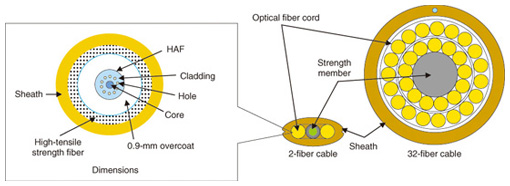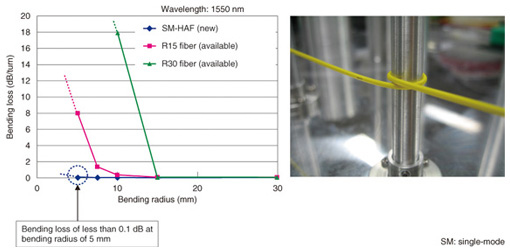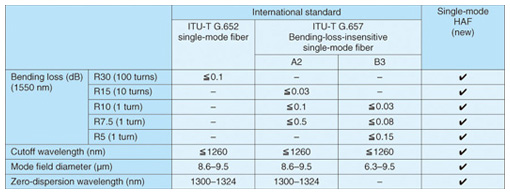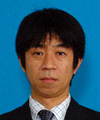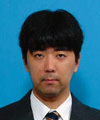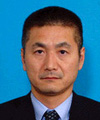 |
|||||||||
|
|
|||||||||
|
Regular Articles Vol. 10, No. 1, pp. 36–40, Jan. 2012. https://doi.org/10.53829/ntr201201ra2 Development of Indoor Single-mode Optical Fiber Cable Using Bending-loss-insensitive FiberAbstractIn this article, we describe the development of indoor single-mode optical fiber cable using bending-loss-insensitive fiber for use in central offices, which will enable NTT to build a reliable optical network.
1. IntroductionBroadband optical access services have been commercially available throughout Japan for several years. An example of a central office distribution structure is shown in Fig. 1. Though optical fiber is suitable for broadband communication, optical signals leak from optical fiber if it is bent excessively because the signal confinement depends on the refractive index of the optical fiber. When a technician connects or disconnects one of the optical fiber cords of an optical fiber cable in a distribution frame where optical cords are congested, the cord could accidentally be bent momentarily, as shown in Fig. 2. Since the indoor optical cable between the transponders in a central office multiplexes users’ communication signals, any interruption to the communication service will have a great impact on many users. We have made possible highly reliable optical fiber distribution facilities by using single-mode fiber cord with a very low bending loss.
2. New developmentTo solve the abovementioned problem, we considered three points. (1) Bending loss must not occur when a cord is accidentally bent momentarily. (2) New tools should not be required; the existing tools should still be usable. (3) The cord’s performance must be at least as good as that of conventional indoor optical fiber cable. The structure of the indoor optical fiber cable that we have developed is shown in Fig. 3, and the three points are discussed in more detail below.
2.1 No accidental bending lossHole-assisted optical fiber (HAF) cord is promising for this application because it generates hardly any bending loss when bent with a small radius [1]. An optical fiber consists of a central core surrounded by cladding. Light is confined in the core because its refractive index is designed to be higher than that of the cladding, so it is transmitted along the fiber. However, if a fiber is bent too much, the light may leak out. The cladding of HAF contains holes, whose refractive index is less than that of glass; this increases the light confinement and greatly improves the bending characteristics (Fig. 4).
HAF-based free-bending optical cord is a kind of ultralow-bending-loss single-mode HAF cord that has already been installed in the optical fiber to the home network in Japan. However, its applications have been limited because its superior bending-loss characteristics may lead to confinement of higher-order modes, which may result in a cutoff wavelength that is longer than the communication wavelength: this could degrade the quality of long-distance transmission. Our newly developed HAF has both low loss when bent and transmission characteristics equivalent to existing single-mode fiber [2]. Therefore, the long-distance transmission quality is not degraded, so our HAF cable is suitable for practical use in NTT’s network. The measured bending losses are shown in Fig. 5. Even when bent with a curvature radius of 5 mm, our new HAF achieved a loss of 0.1 dB or less (at 1550 nm).
The specifications of ITU-T G.657 A2 and B3 single-mode fiber, which are international standards for loss when an optical fiber is bent, are listed in Table 1. The HAF cord satisfies not only G.657 A2 and B3, but also G.652, which is an international standard for existing single-mode fiber.
2.2 Use with existing toolsWith the current optical fiber maintenance procedure, to reduce the risk of disconnecting the wrong optical fiber, a technician identifies the optical fiber cord of interest by using an optical fiber cord identifier and a nondestructive macrobending method without interrupting communication. With this method, optical fibers are identified by detecting an identification signal leaking from a bent fiber [3]. Therefore, we were anxious about whether or not light leaking from HAF could be fully detected. We measured the identification characteristics of the 1.7-mm-diameter single-mode HAF cord when using a conventional identifier and a nondestructive macrobending method. As a result, although the detection level was not as good as with the conventional optical fiber, we confirmed that the characteristics of the new HAF cord were sufficient for its use in NTT buildings. 2.3 PerformanceWe have produced prototypes of the indoor optical cables containing from 2 to 32 fibers and developed new indoor optical cables that use new optical cords that achieve almost the same characteristics as conventional optical cable over longer distances. 3. Concluding remarksWe introduced our development of indoor single-mode optical fiber cable using bending-loss-insensitive fiber. This new cable will be applied to optical wiring in the central offices of NTT’s network, leading to a reliable and capable optical network. References
|
|||||||||










